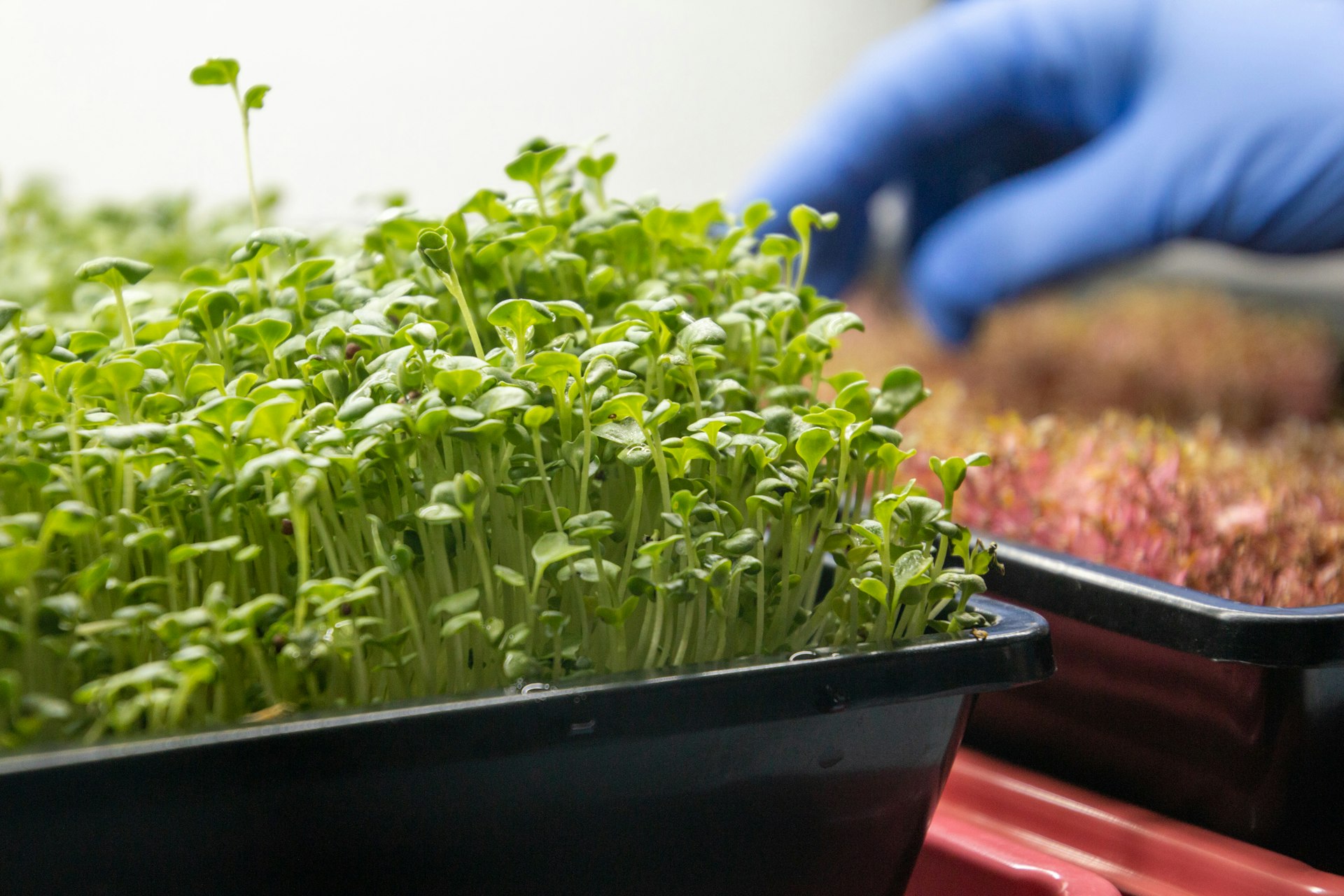Exploring the Global Tapestry of Street Food Culture

Photo by Wkndr on Unsplash
Introduction to Street Food Culture Across the Globe
Street food is a vibrant, ever-evolving part of global culinary culture. From the bustling markets of Asia to the lively plazas of the Americas, street food serves as both a practical source of nourishment and an expressive window into a region’s traditions, history, and social fabric. Its roots date back to ancient civilizations, where vendors sold simple yet hearty fare to passersby, a practice that remains deeply embedded in urban and rural life worldwide today [1] [4] .
The Historical Roots and Evolution of Street Food
Street food has existed for centuries, evolving alongside human societies. Ancient Rome’s streets were dotted with vendors serving chickpea soup and bread, while China’s Tang Dynasty saw peddlers offering ready-to-eat snacks. In these early days, street food was born out of necessity, especially among working-class communities without access to private kitchens. Over time, street food became a symbol of accessible nourishment, catering to everyone regardless of class or status [4] [5] .
Today, the tradition continues, adapting to modern tastes and dietary needs. Many vendors now offer vegan, gluten-free, and health-conscious options, reflecting changing consumer preferences while still honoring traditional recipes [1] .
Regional Diversity and Iconic Examples
Every corner of the globe boasts its own unique street food traditions, shaped by geography, history, and cultural values:
-
Asia:
In Vietnam, the street food scene is defined by fresh herbs, vegetables, and aromatic broths. Dishes like
pho
and
banh mi
embody the nation’s agrarian roots. Thailand’s streets are alive with the scents of grilled meats, spicy noodles, and tropical fruits, while India’s markets feature
chaat
,
pani puri
, and
samosas
, showcasing the country’s love of spices and bold flavors [1] [3] . -
Middle East & Africa:
Iconic dishes such as
falafel
and
shawarma
are daily staples in the Middle East, while Egypt’s
ful medames
and Nigeria’s
suya
(spiced skewered meat) illustrate the region’s rich culinary heritage. South Africa’s
bunny chow
, a hollowed-out loaf filled with curry, reflects cross-cultural influences [1] [4] . -
Europe:
Parisian crepes and Berlin’s
currywurst
blend tradition with modern tastes. Denmark’s sausage wagons and Turkey’s
dürüm
wraps with chicken shawarma are popular street staples [3] . -
Americas:
Mexican
antojitos
-including
tacos al pastor
,
elotes
, and
tamales
-are deeply rooted in both indigenous and Spanish traditions. In the U.S., hot dogs, falafel, and jerk chicken reflect global influences, while Hawaii’s “plate lunch” draws on Japanese bento culture [3] .
Experiencing street food in these locations is not just about taste-it is a way to immerse oneself in local customs and connect directly with the community.
Preservation of Culinary Heritage and Cultural Identity
Street food is more than just a quick meal; it is a living archive of culinary traditions. Vendors often use recipes passed down for generations, maintaining the integrity of local flavors and techniques. This preservation of heritage makes street food an invaluable part of cultural identity, offering a sense of continuity in rapidly changing societies [2] [5] .

Photo by kevin dolan on Unsplash
Documentaries and media projects, such as the Netflix series “Street Food,” have brought global attention to these culinary artisans. These programs showcase street vendors as masters in their craft-often without formal training-and as critical preservers of their communities’ culture [5] .
Modern Trends and Innovation in Street Food
Street food is continually evolving to meet the demands of contemporary consumers. Food trucks and pop-up stalls experiment with fusion flavors, blending global influences with local ingredients. Health-conscious options and dietary inclusivity are now common, reflecting a shift toward sustainability and wellness [2] .
This adaptability is a key reason why street food continues to thrive in both developing and developed economies. Today’s consumers seek authentic, nostalgia-driven dining experiences, making street food a means for reconnecting with cultural roots in a globalized world. Festivals and street food gatherings offer opportunities to sample new flavors, support small vendors, and celebrate community spirit [2] .
How to Experience and Support Street Food Culture
If you’re interested in exploring street food culture, consider these detailed steps:
- Research Local Markets and Vendors: Before traveling, use official tourism websites or reputable travel publications to identify popular street food destinations. For example, searching for “official tourism board of [country/city]” can yield trusted guides to local food spots.
- Practice Food Safety: Seek out busy stalls with high turnover, as these are more likely to serve fresh food. Consult official health advisories or travel health resources for region-specific recommendations.
- Ask Locals for Recommendations: Engaging with residents or local guides can lead you to hidden gems. Many cities offer guided street food tours-try searching for “city name + street food tour” and prioritize those with positive reviews on established platforms.
- Support Vendors Directly: Buying directly from street vendors supports local economies and preserves cultural heritage. Consider tipping or sharing positive experiences on social media to help small businesses thrive.
- Document Your Experience: Take notes or photos, respecting local customs and privacy. Sharing your insights can inspire others to appreciate and protect street food traditions.
When seeking additional information, refer to official sources such as government tourism offices, established culinary institutes, or well-known media outlets. For health and safety updates, consult your government’s travel advisory or the World Health Organization’s official site.
Challenges and Solutions in the Street Food Industry
Street vendors often face obstacles such as regulatory restrictions, food safety requirements, and competition from formal eateries. Navigating local regulations may require permits or compliance with health standards, which can vary significantly by region. Some cities provide vendor associations or municipal support programs-search for “[city] street vendor association” or consult your local government’s official site for current guidelines.
To overcome challenges, many vendors join local cooperatives or participate in food festivals to broaden their reach. For aspiring vendors, connecting with established community groups or industry mentors is recommended. Online forums, culinary schools, and local business bureaus can provide guidance on starting or expanding a street food business.
Alternative Approaches to Experiencing Street Food
If travel isn’t possible, you can bring global street food culture home by:
- Exploring reputable cookbooks or online platforms featuring authentic recipes and techniques
- Attending local food festivals or cultural events where street food vendors are present
- Joining community cooking classes or workshops focused on international street foods
When searching for recipes or instructional videos, use terms like “authentic [dish name] street food recipe” and select results from recognized culinary sites, such as the BBC, Food Network, or major publishers.
Conclusion: The Enduring Appeal of Street Food
Street food culture is a dynamic force in the culinary world, offering a taste of history, innovation, and community in every bite. Its accessibility, affordability, and authenticity make it a cherished part of daily life for billions worldwide. By seeking out, supporting, and respecting street food traditions, you contribute to the preservation and evolution of a vital aspect of global heritage.
References
- [1] Wanderlust Canadian (2023). The History of Street Food: Origins & Evolution.
- [2] TGP International (2023). The Timeless Appeal of Street Food and Its Role in Preserving Culture.
- [3] Wikipedia (2024). Street food.
- [4] World Food and Wine (2022). A Guide to the Best Food in Street Culture.
- [5] The Aggie (2019). Street Food: Preserving Tradition and Culture Through Culinary Delicacies.
MORE FROM hotondeals.com













